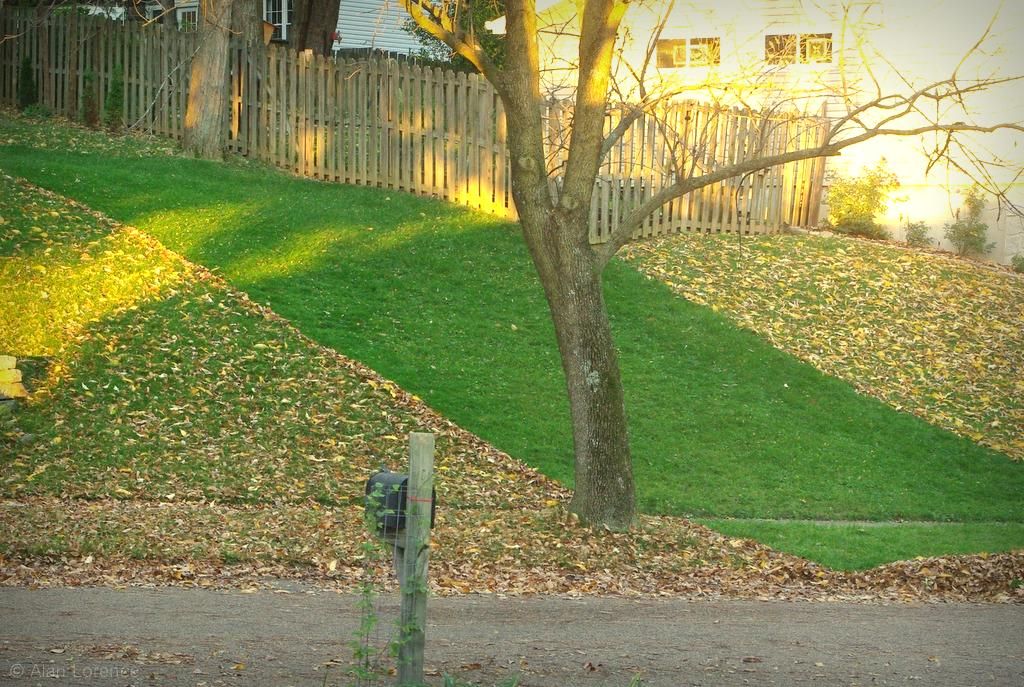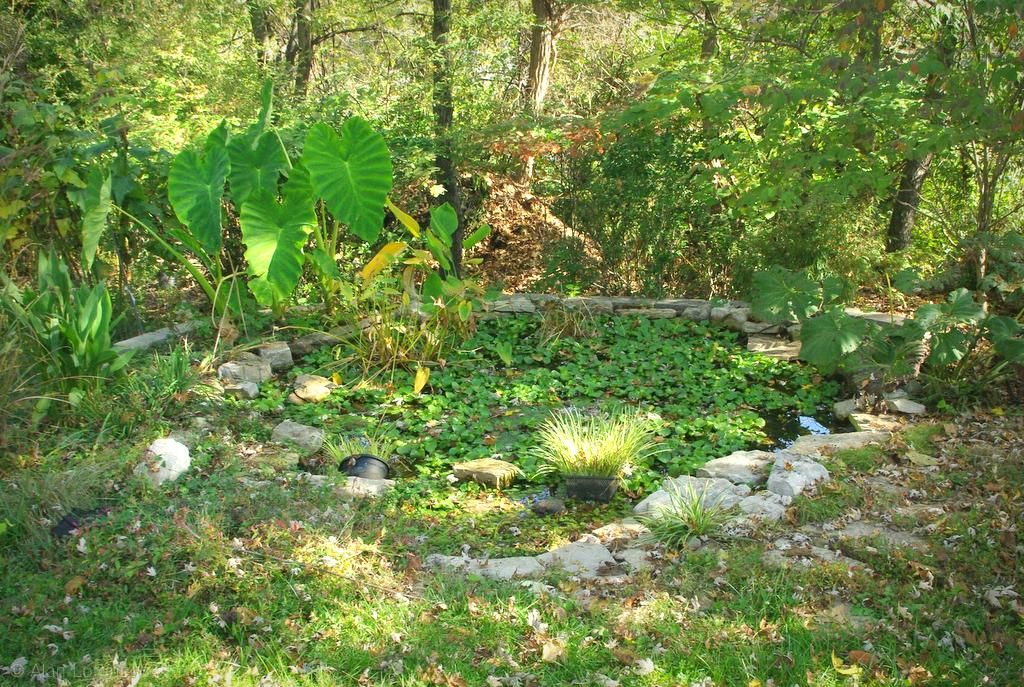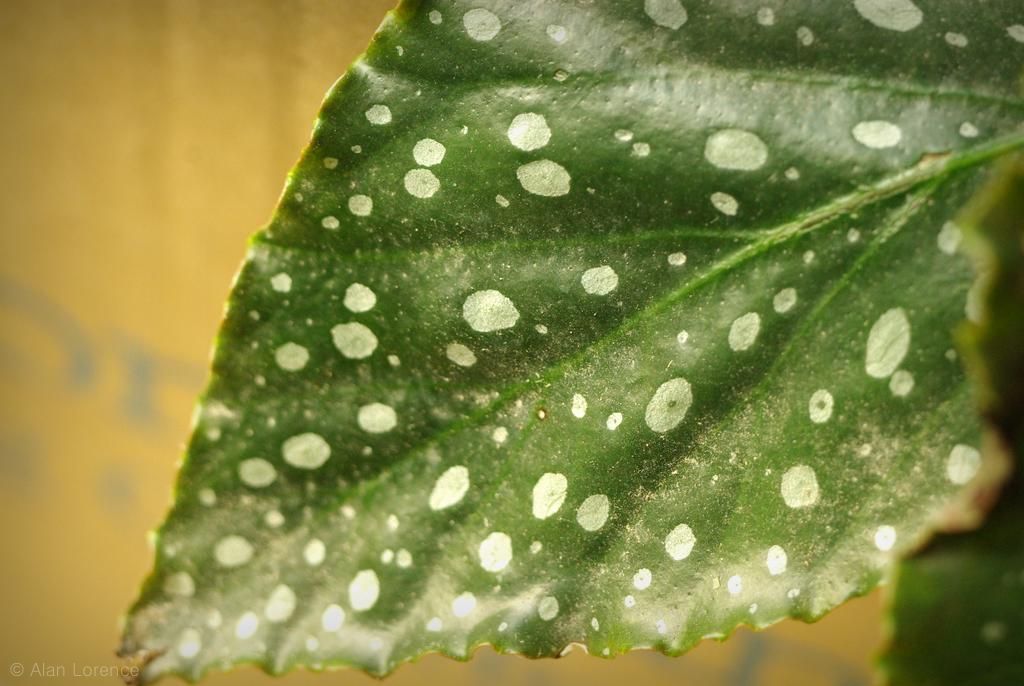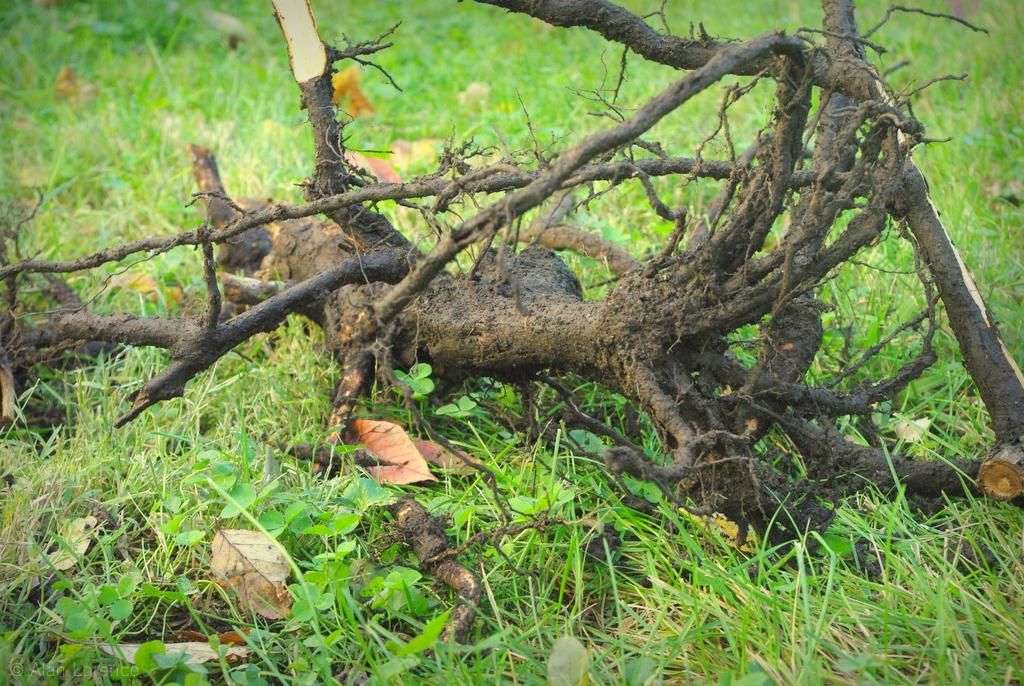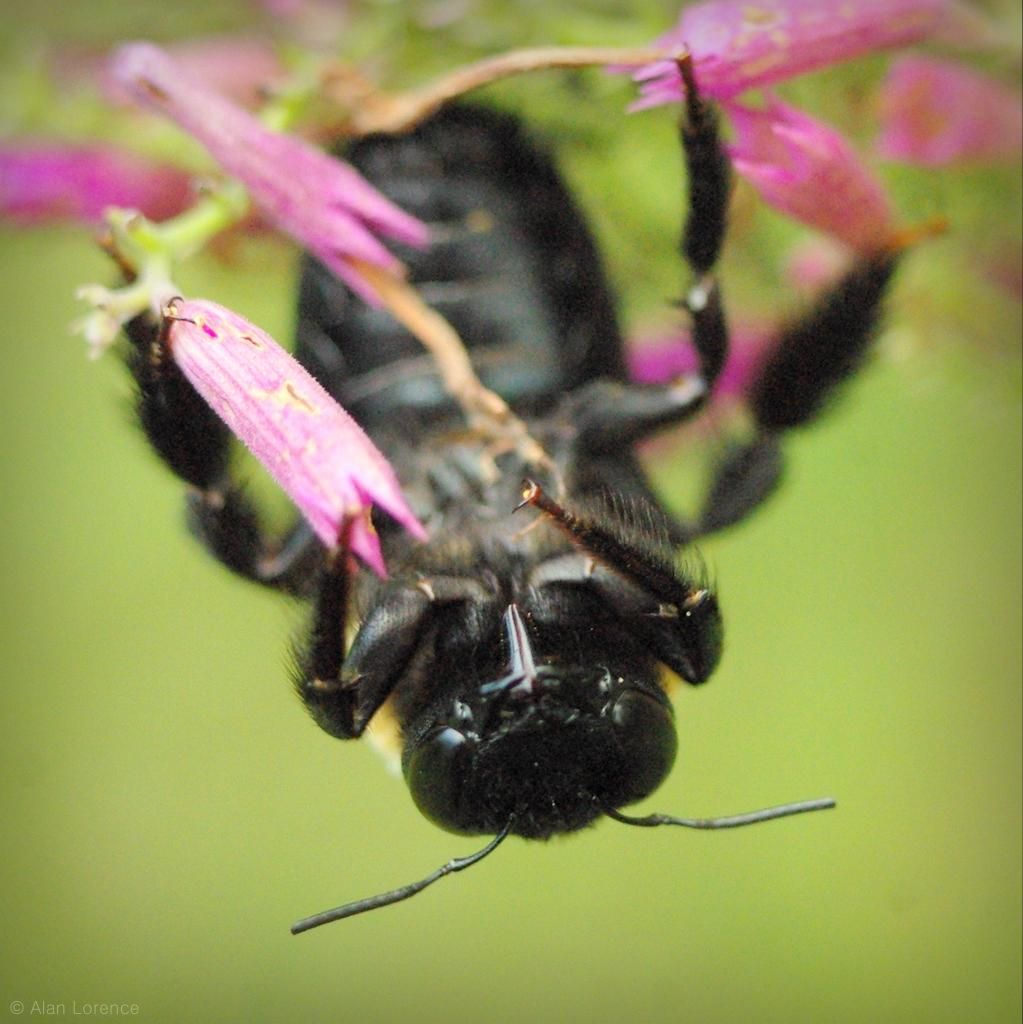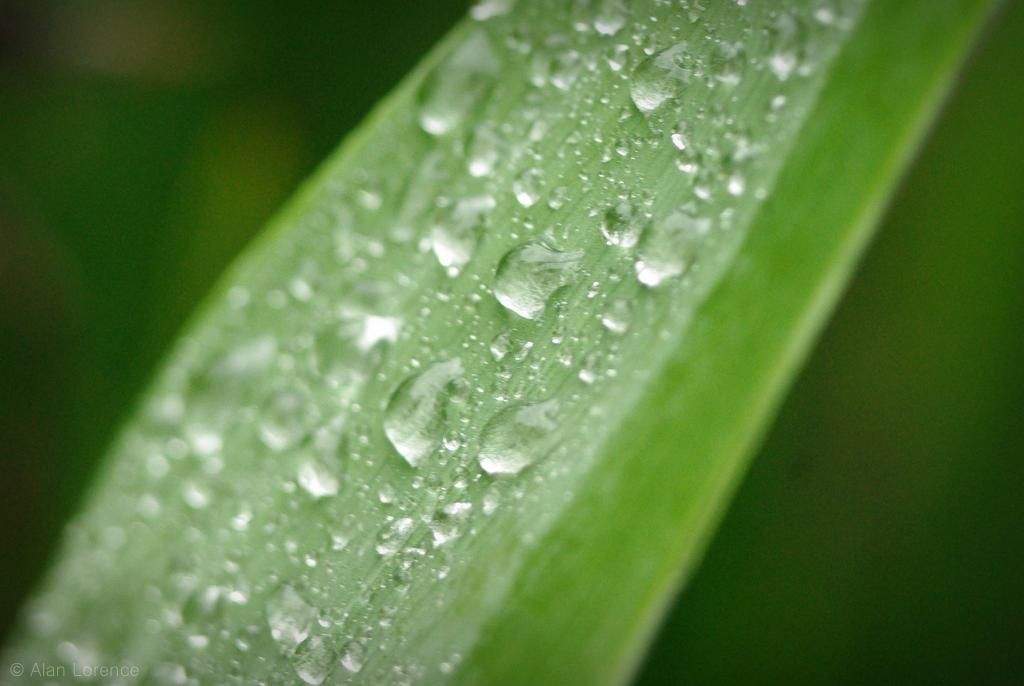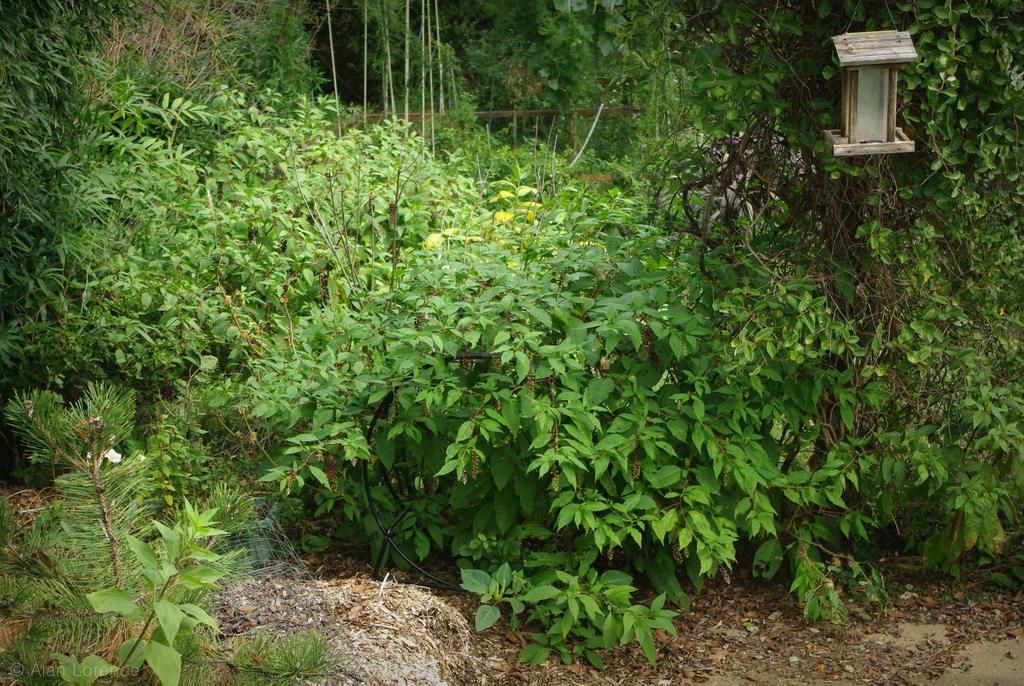Indoors, in a hurry
Although the freezing temperatures won't arrive until tonight, I brought in all of my tender plants yesterday. As usual, this was before I really had a place to put them all.
I brought them in a day early (at lunchtime) because we were expecting rain in the afternoon, and many of these plants would not be nearly as happy sitting in a cold garage in wet soil. Plus they're easier to move when dry -- much lighter!


